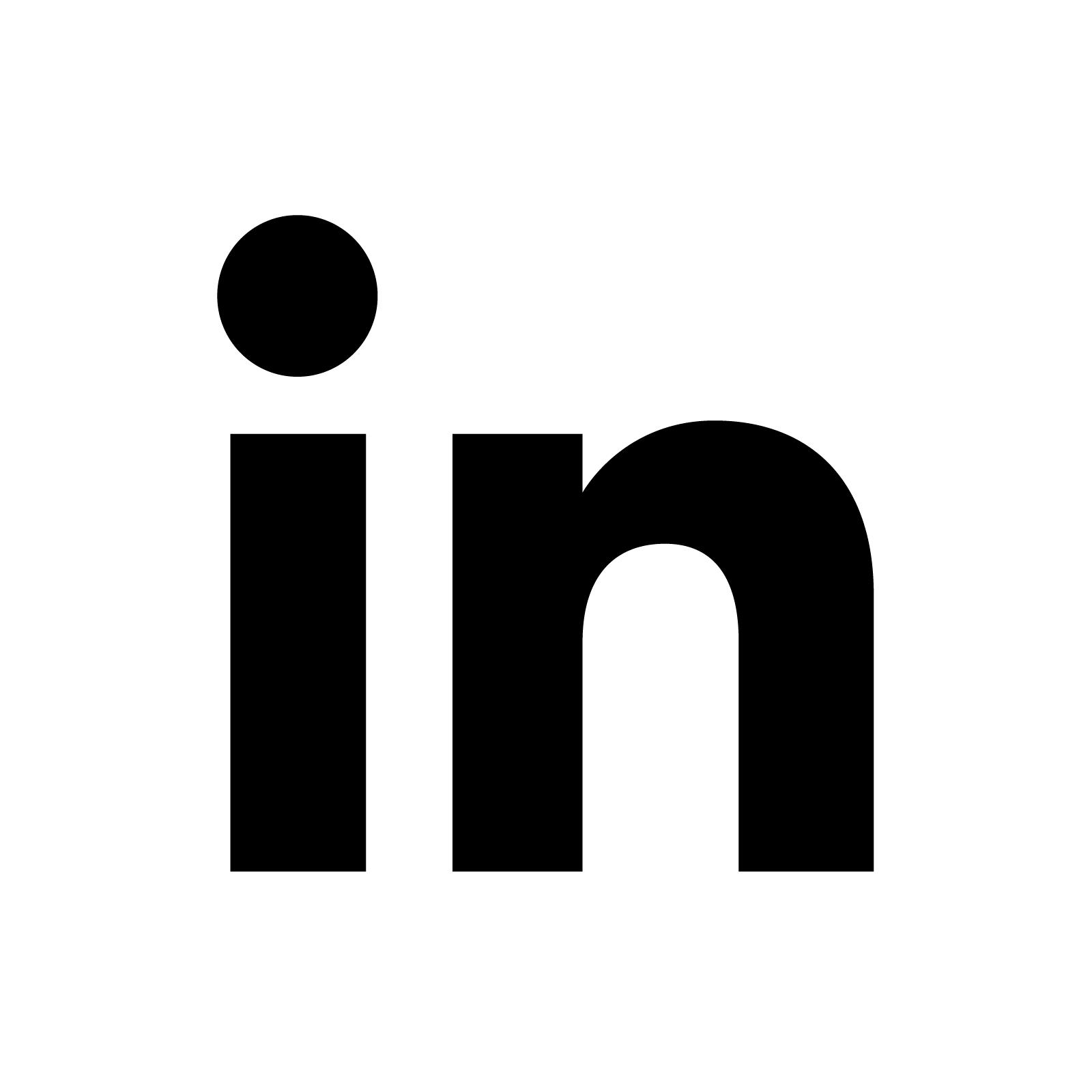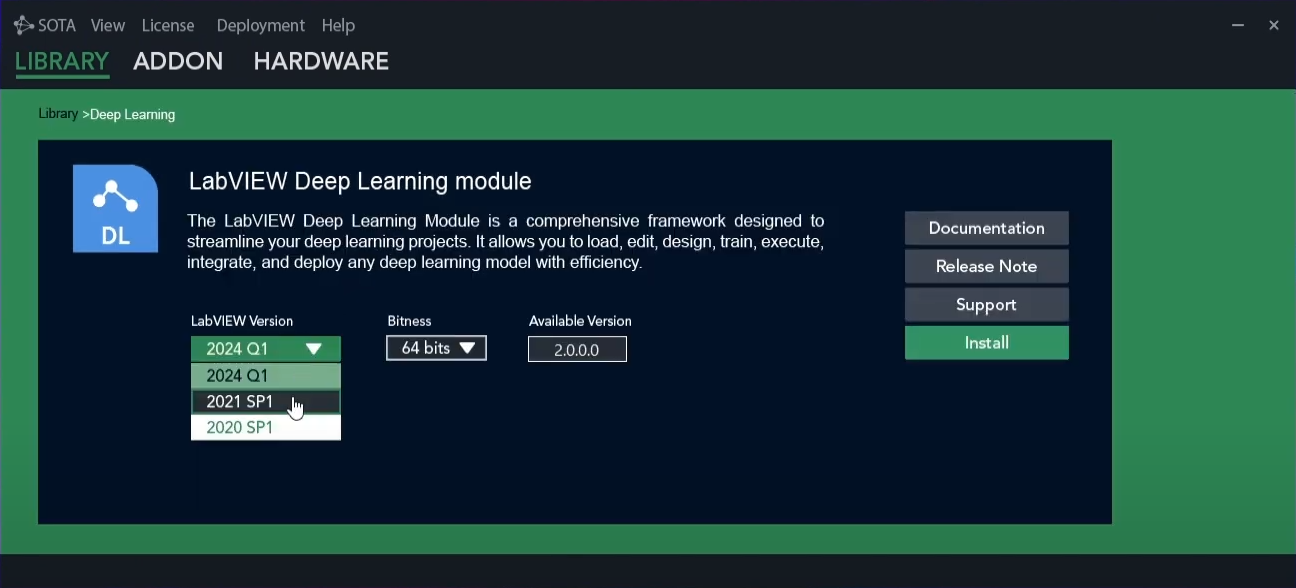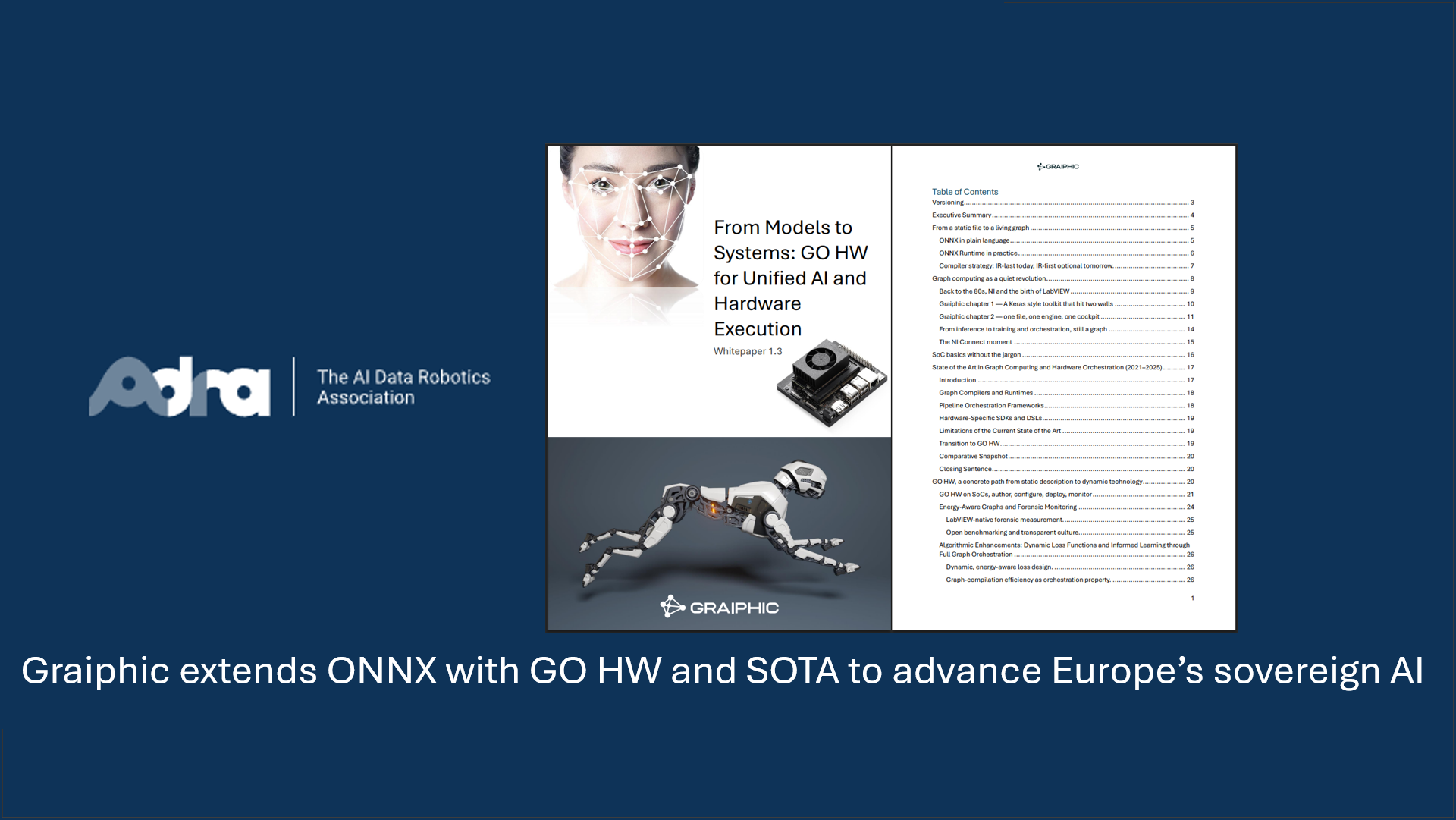LabVIEW: The Ultimate Tool for Testing and Rapid Prototyping – So Why Not Use It for Deep Learning?
The video you’re about to see may seem simple, but it hides a much more complex reality. Behind this demonstration of the DQN reinforcement learning algorithm lies an enormous amount of work.
Developing HAIBAL: A Framework Like No Other
First, before reaching this point, we had to develop HAIBAL, a deep learning framework entirely coded in LabVIEW, designed to compete with giants like PyTorch and TensorFlow, but with the unique feature of being entirely in graphical language, making it immediately easier to use and opening up new possibilities.
Overcoming Challenges: The Journey Wasn’t Easy
The story behind this video has not been an easy journey. After more than 3 years of intense development, marked by constant technical challenges and difficulties in financing our development — we had to find funds by any means necessary to pay the teams and operational costs, and we made it at the cost of many sacrifices — we have finally arrived today at the second generation of this framework, which fully meets its objectives.
Building an Ecosystem: Beyond HAIBAL
But it’s not just HAIBAL that this video showcases. We also had to develop an entire ecosystem of tools, for example, to properly display the image representing this deep learning environment. We created a computer vision toolkit inspired by OpenCV, fully functional within LabVIEW. Additionally, we adapted Python environments like OpenAI Gymnasium, VizDOOM, and Super Mario Bros by developing techniques that allow us to operate without Python!
A Modern Distribution Platform: Inspired by STEAM
But we didn’t stop there! We chose to distribute these tools under the SOTA suite using a modern infrastructure inspired by STEAM (Valve), developed by us, so that users of our ecosystem can easily install all our tools, reinforcement learning environments, and devtools with a single click, while managing updates and licenses in a unified manner!
A Monumental Effort: 3-4 Engineers, 3 Years
This project mobilized 3 to 4 full-time engineers over 3 years, dedicated to creating a complete deep learning ecosystem for LabVIEW. Our ambition? To offer a tool capable of competing with existing frameworks while simplifying their use through the power of LabVIEW and its graphical language. By the way, SOTA is fully compatible with PyTorch, Keras, and TensorFlow — When I say the work was monumental, I mean it!
Why Did We Do This? The Vision Behind SOTA
Why did we do this? Because with this revolutionary tool, we will soon be able to design, test, and deploy any deep learning model faster than any team in the world, whether for industry or research. Just as Dassault did by developing CATIA for its own needs (Mirage, Rafale, Falcon) and revolutionizing the aerospace industry in its time, we aim to do the same in the world of AI.
Coming Soon: Free for Students!
This new generation of tools, named SOTA, is expected in October (probably the end of the month!) and will be completely free for students! Yes, you heard that right!!
What You See Is What You Get: No Gimmicks
And to be perfectly clear: no acceleration was used in this video; we are running at real speed, with no bullshit. What you see is exactly what happens during the algorithm’s execution, with all the power of our SOTA deep learning framework and associated tools.
Conclusion: A New Era in Deep Learning with SOTA
In conclusion, the development of SOTA represents not just a technological achievement but a bold vision for the future of deep learning. By harnessing the power of LabVIEW’s graphical programming, we’ve created a suite of tools that simplifies the complexities of AI development, making it accessible and efficient for both industry and academia. Our journey, filled with challenges and hard-fought victories, has culminated in a tool that not only competes with the best but also sets new standards for ease of use and integration. As we prepare to launch this new generation of tools, completely free for students, we are excited to see how SOTA will empower the next wave of innovators to push the boundaries of what’s possible in AI. The future of deep learning is here, and it’s more accessible than ever before.










